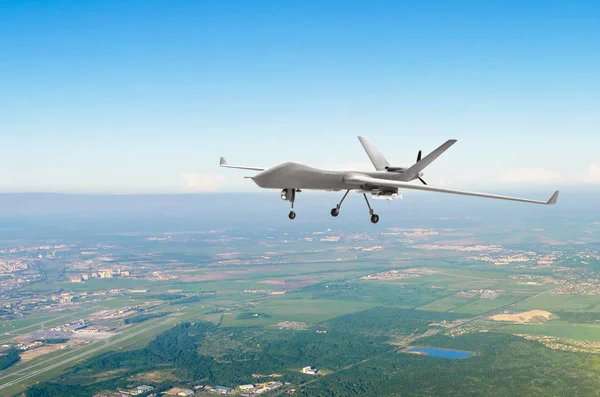
Can a 21‑second video change how military analysts view modern warfare? In Ukraine’s Kharkiv region, a brief but telling piece of footage has once again underscored the evolving role of drones in armored combat. The destruction possibly of one, perhaps two Russian tanks is more than just a battlefield win; it’s a snapshot of how technology, tactics, and attrition intersect in the third year of this grinding war.
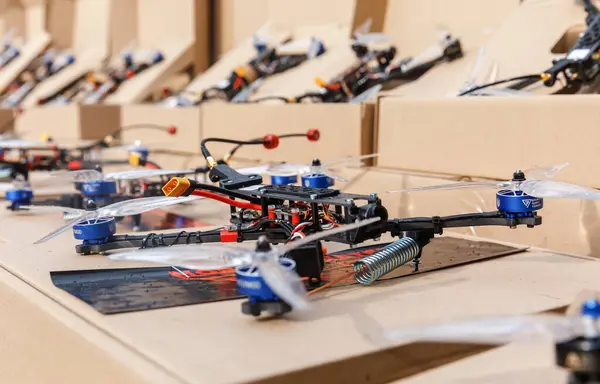
The August 4 strike by Ukraine’s 22nd Mechanized Brigade is emblematic of a broader shift. First‑person‑view (FPV) drones, once hobbyist toys, are now precision strike tools in a conflict where traditional armored maneuvers face unprecedented threats. Yet, as the footage circulated, questions emerged: How effective are these drones in the long run? What does this mean for Russia’s already staggering armor losses? And how are both sides adapting to the new reality of drone‑saturated battlefields?
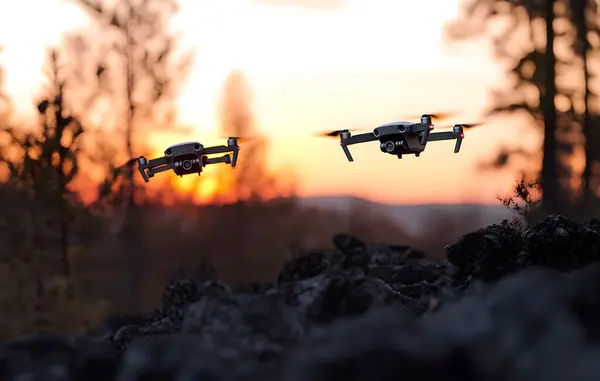
1. The Strike That Sparked Analysis
The operation in Kharkiv unfolded with minimal public detail. According to Militarnyi, drone pilots from the 22nd Mechanized Brigade executed the attack, releasing a short video showing a drone homing in on a stationary Russian tank. A second tank appeared alongside, possibly attempting recovery. Moments later, one vehicle was engulfed in smoke and flames. While only one confirmed kill is likely, the incident illustrates the precision and reach of Ukrainian drone teams operating close to the front.
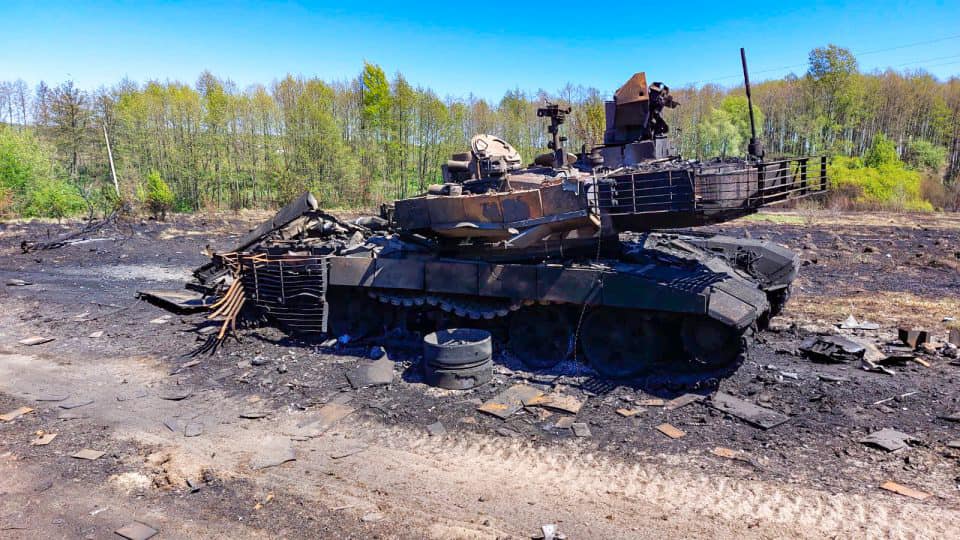
2. Russia’s Armor Losses in Perspective
The Dutch open‑source intelligence group Oryx has visually confirmed 4,087 Russian tank losses since February 2022, with 3,003 destroyed outright. Ukrainian General Staff estimates are far higher over 11,000 but lack the same evidentiary rigor. Even by conservative counts, these losses are historically severe, reflecting a war where armor is routinely exposed to drones, artillery, and anti‑tank weapons.
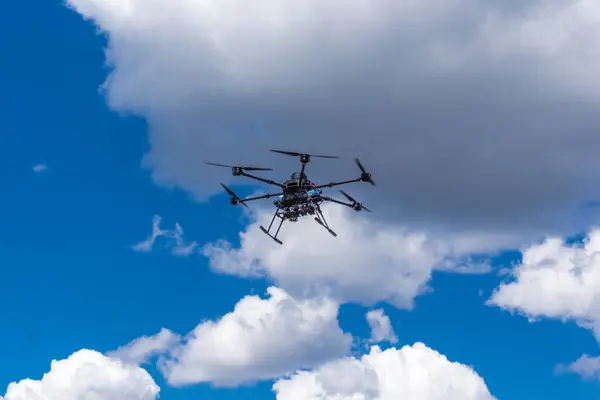
3. FPV Drones: Precision with Limits
First‑person‑view drones can deliver explosives directly to vulnerable points on armored vehicles. Yet, as former Slovak officer Jakub Jajcay observed in a June 2025 account, only 20–30 percent of sorties succeed when factoring in weather, technical faults, and electronic warfare. Many missions are ‘double‑taps’ secondary strikes on already damaged targets rather than unique hits achievable only by drones.
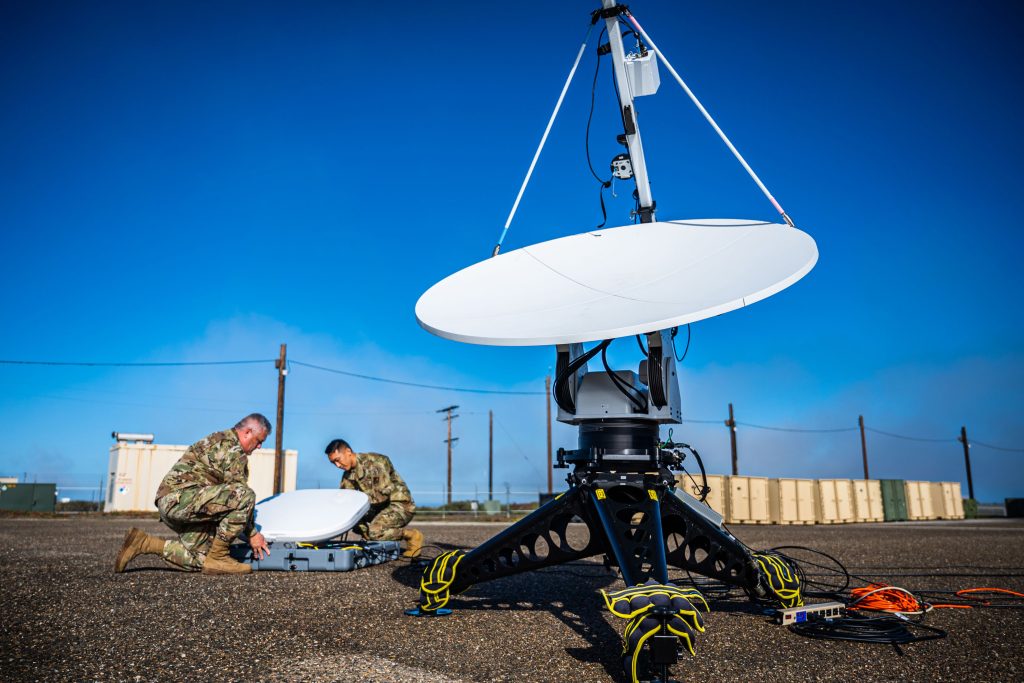
4. Electronic Warfare and the Battle for Signal
FPV drones rely on analog radio links, making them vulnerable to interference. In contested sectors, a dozen teams may compete for limited frequencies, and both friendly and enemy jammers can cause mid‑flight losses. Jajcay noted that 31 percent of sorties in his unit failed due to enemy jamming alone. Russian forces, too, face similar constraints, highlighting the centrality of spectrum control in drone warfare.
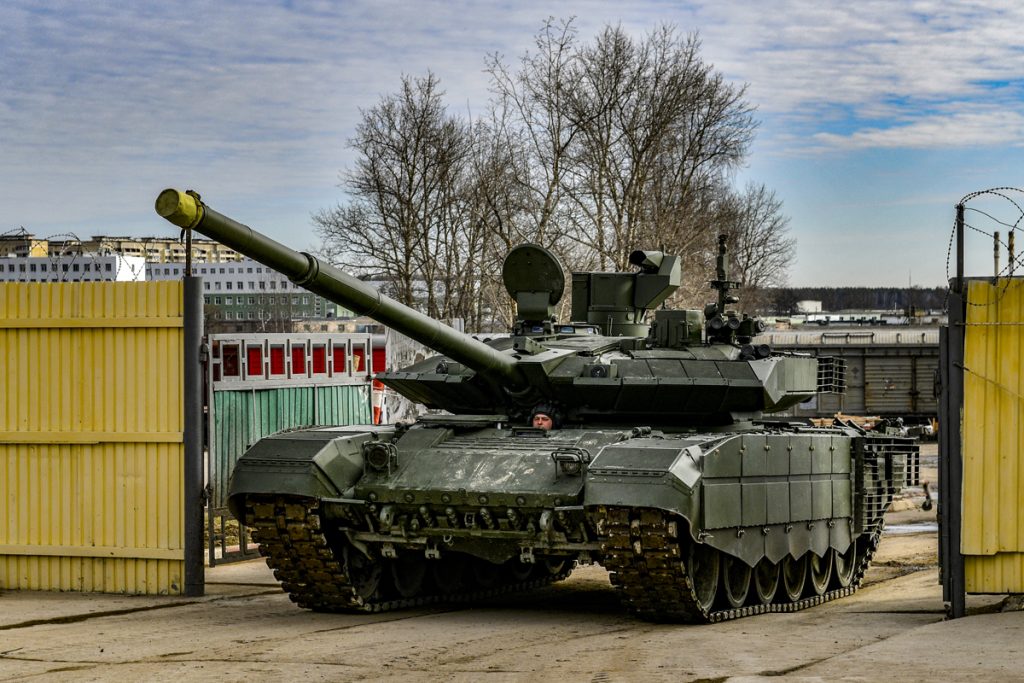
5. Ukraine’s Data‑Driven Drone Command
Ukraine’s Unmanned Systems Forces, led by Robert “Magyar” Brovdi, have institutionalized a points‑based rewards system. Verified kills scored higher for valuable targets like T‑90M tanks translate into faster resupply for successful units. Integrated with the Brave 1 Market procurement platform, this system incentivizes precision and prioritizes high‑impact strikes, a model that has reportedly enabled Brovdi’s “Birds of Magyar” to destroy 8 percent of all Russian armored vehicles.
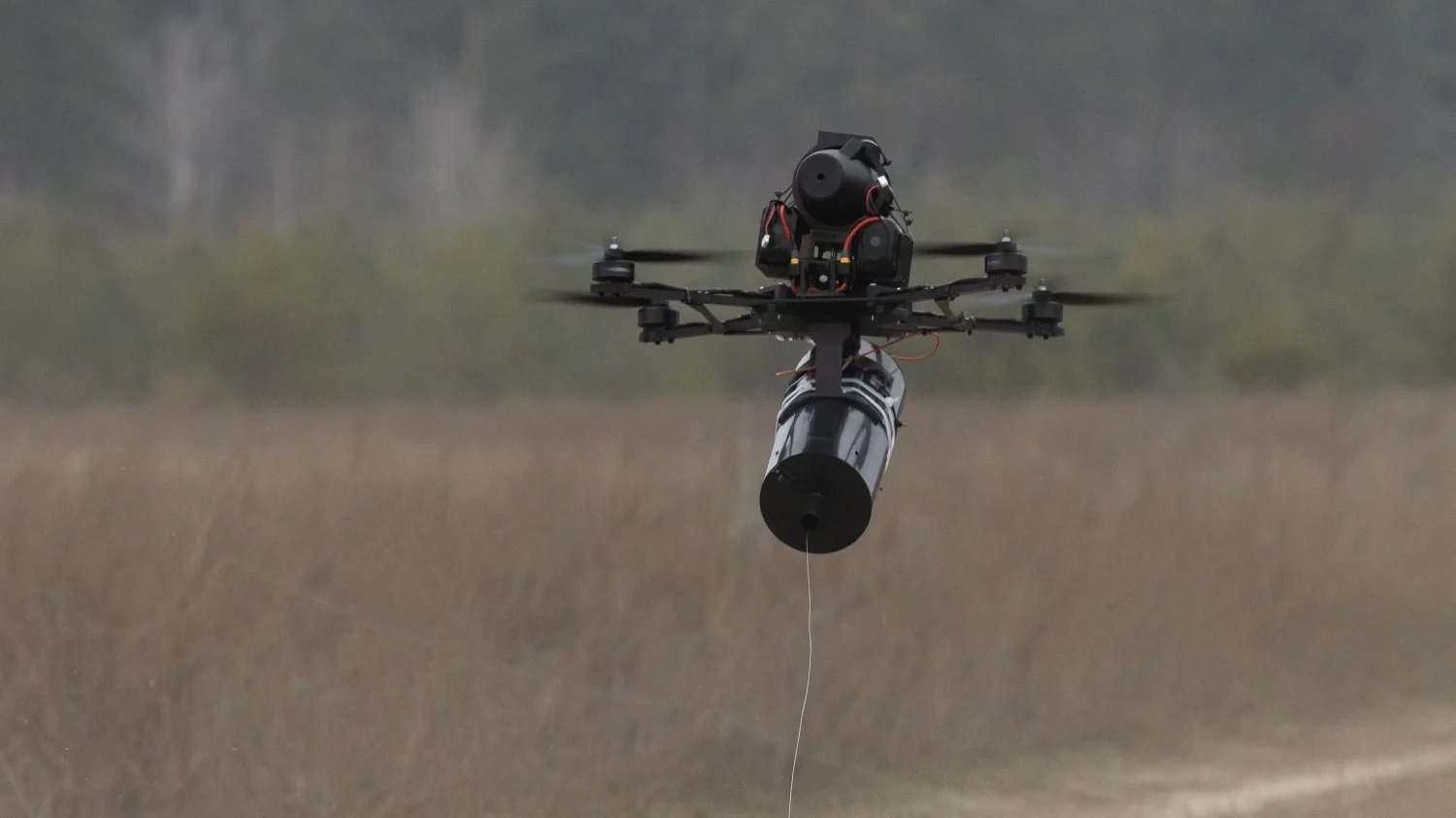
6. Russian Adaptations: Extending the Kill Zone
Russian units have adapted UAV tactics to achieve partial battlefield air interdiction, targeting Ukrainian ground lines of communication up to 20 kilometers from the front. Innovations include fiber‑optic‑controlled FPV drones resistant to jamming, thermobaric warhead integration, and ‘sleeper’ drones that hibernate before striking. These methods have expanded the ‘kill zone’ from under 2 km in 2024 to as much as 10 km in 2025, complicating Ukrainian logistics and rotations.
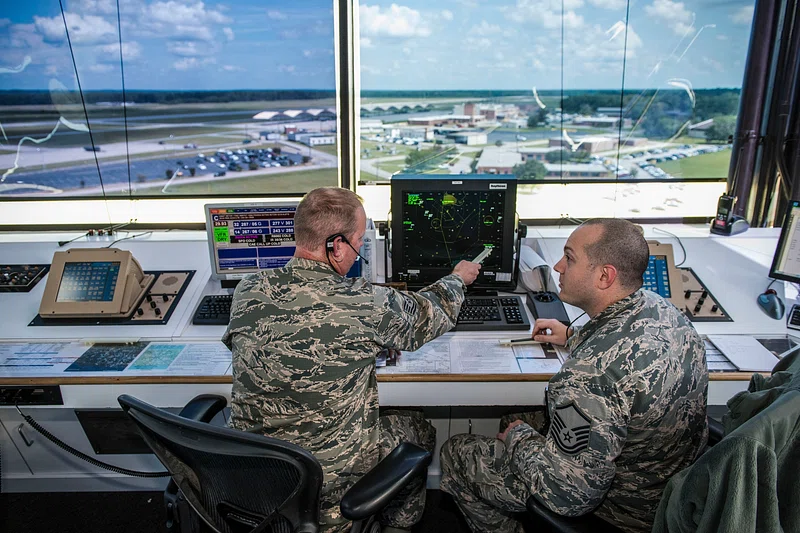
7. Attrition Warfare Meets Technological Innovation
CSIS analysis shows Russia’s average advance in Kharkiv is just 50 meters per day, slower than World War I’s Somme offensive. Yet both sides are investing in drone capabilities to offset the stalemate. For Ukraine, drones offer asymmetric reach against massed armor; for Russia, they are tools to disrupt supply lines and force costly defensive adjustments. In this environment, even small tactical wins like the Kharkiv tank strike carry outsized symbolic and operational weight.
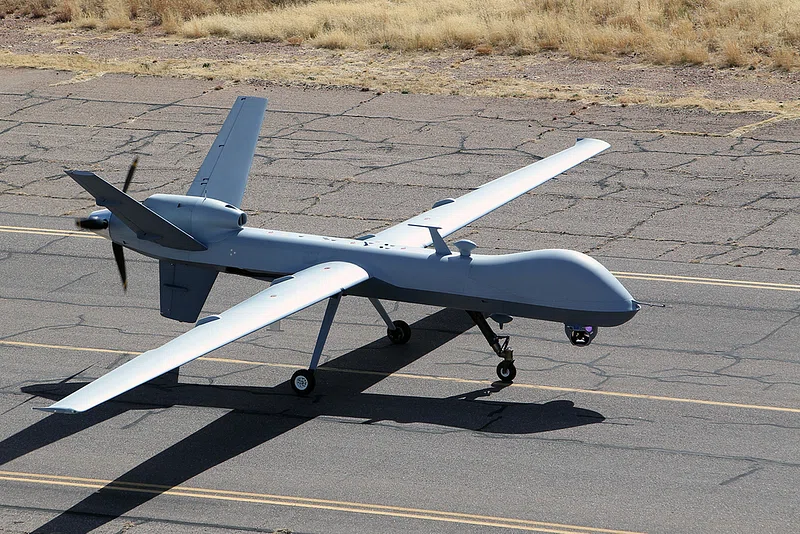
The Kharkiv strike is more than a viral clip; it is a microcosm of a war where unmanned systems are rewriting the rules of engagement. As both Ukraine and Russia refine their drone doctrines, each engagement becomes a testbed for tactics that could define future conflicts far beyond Eastern Europe. The lesson is clear: in modern attrition warfare, technology may not guarantee victory, but it increasingly shapes the battlefield’s possibilities and limits.

